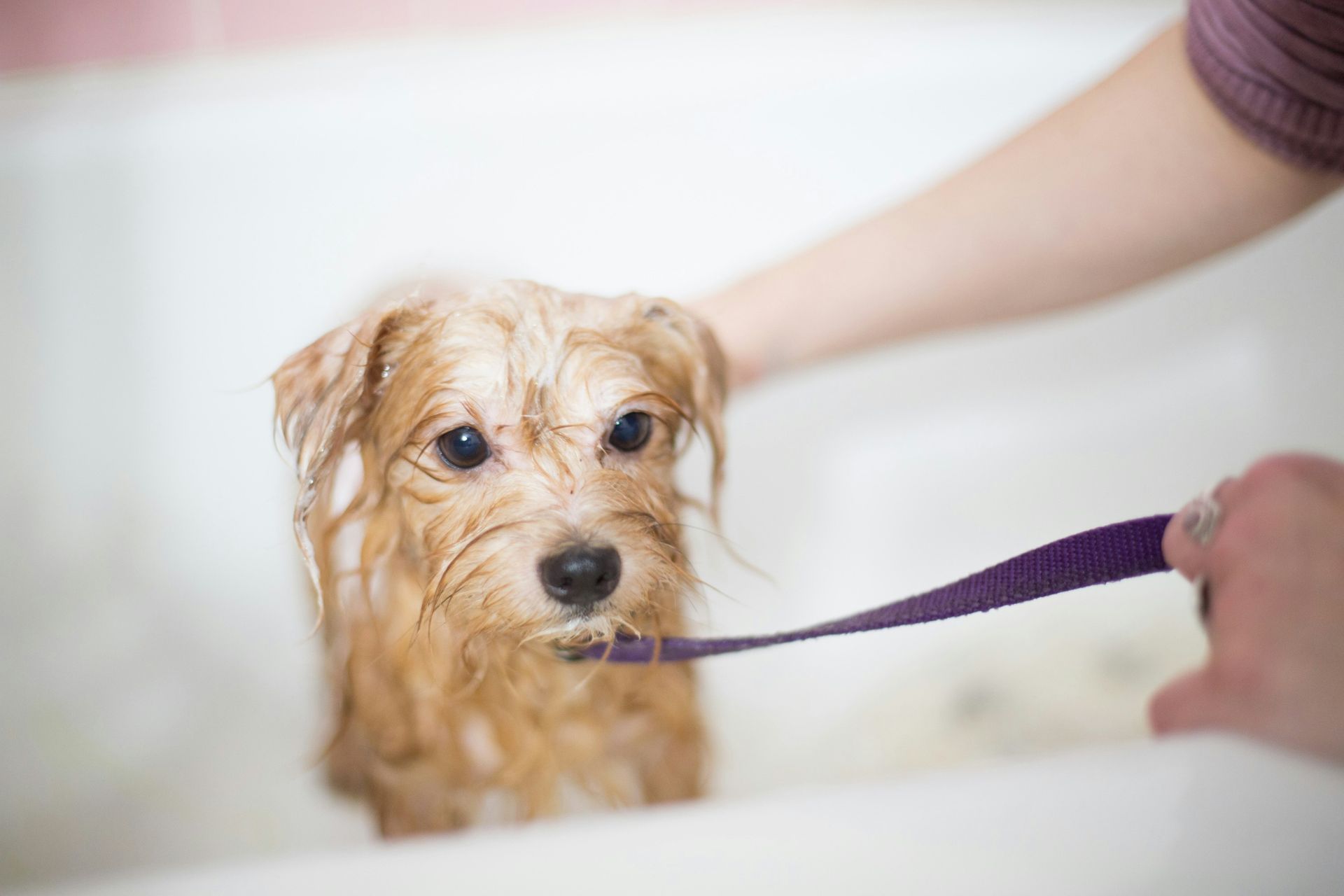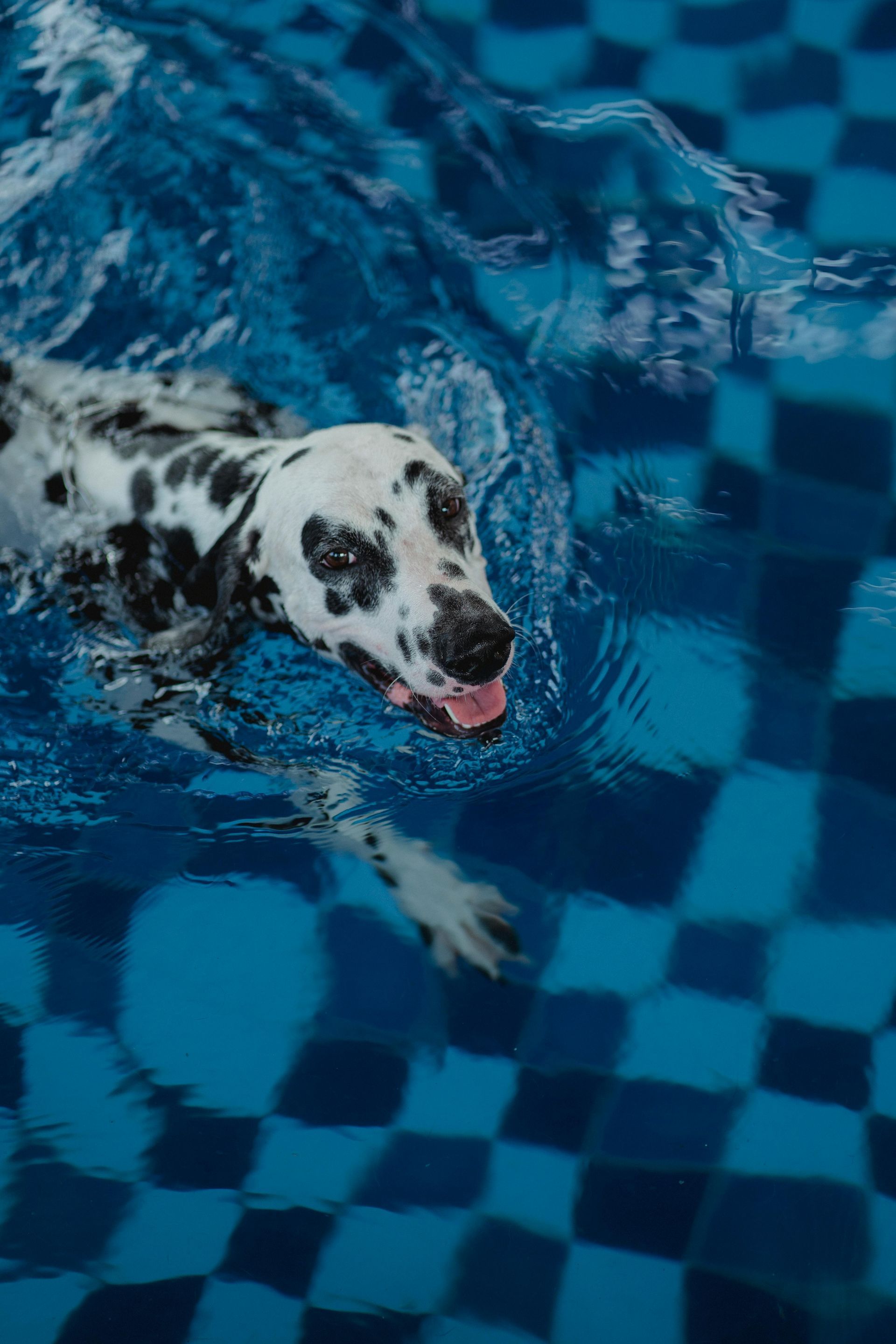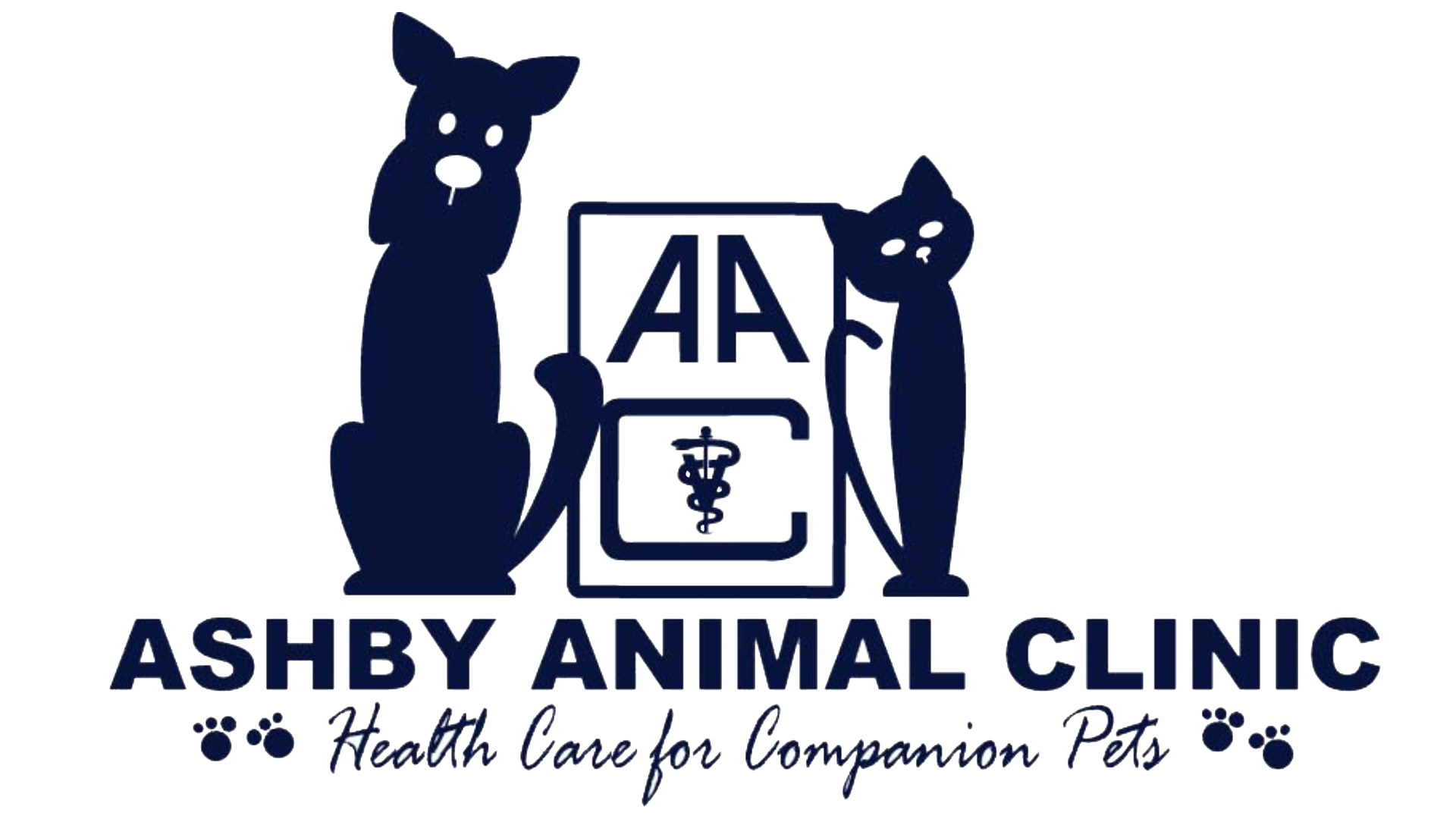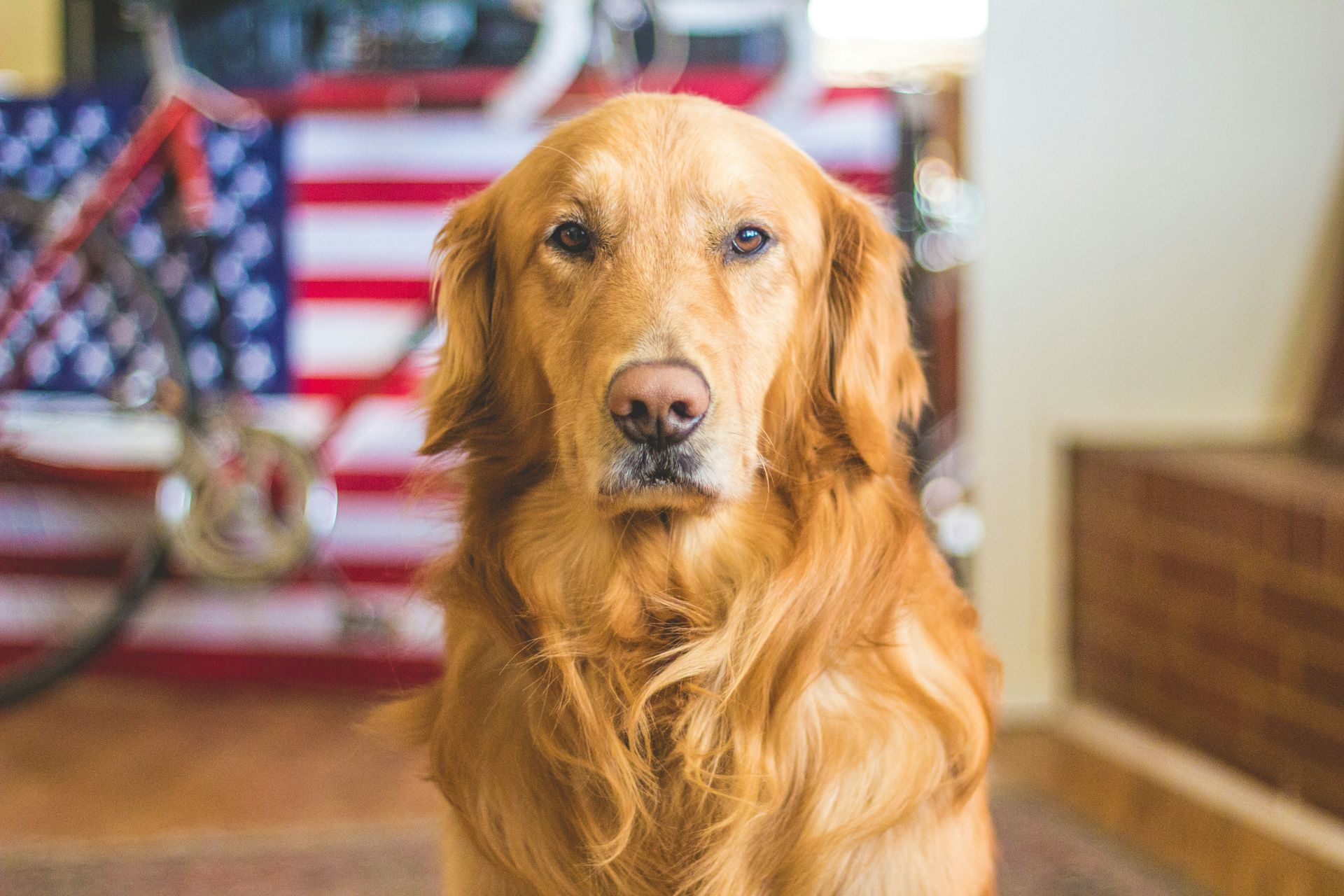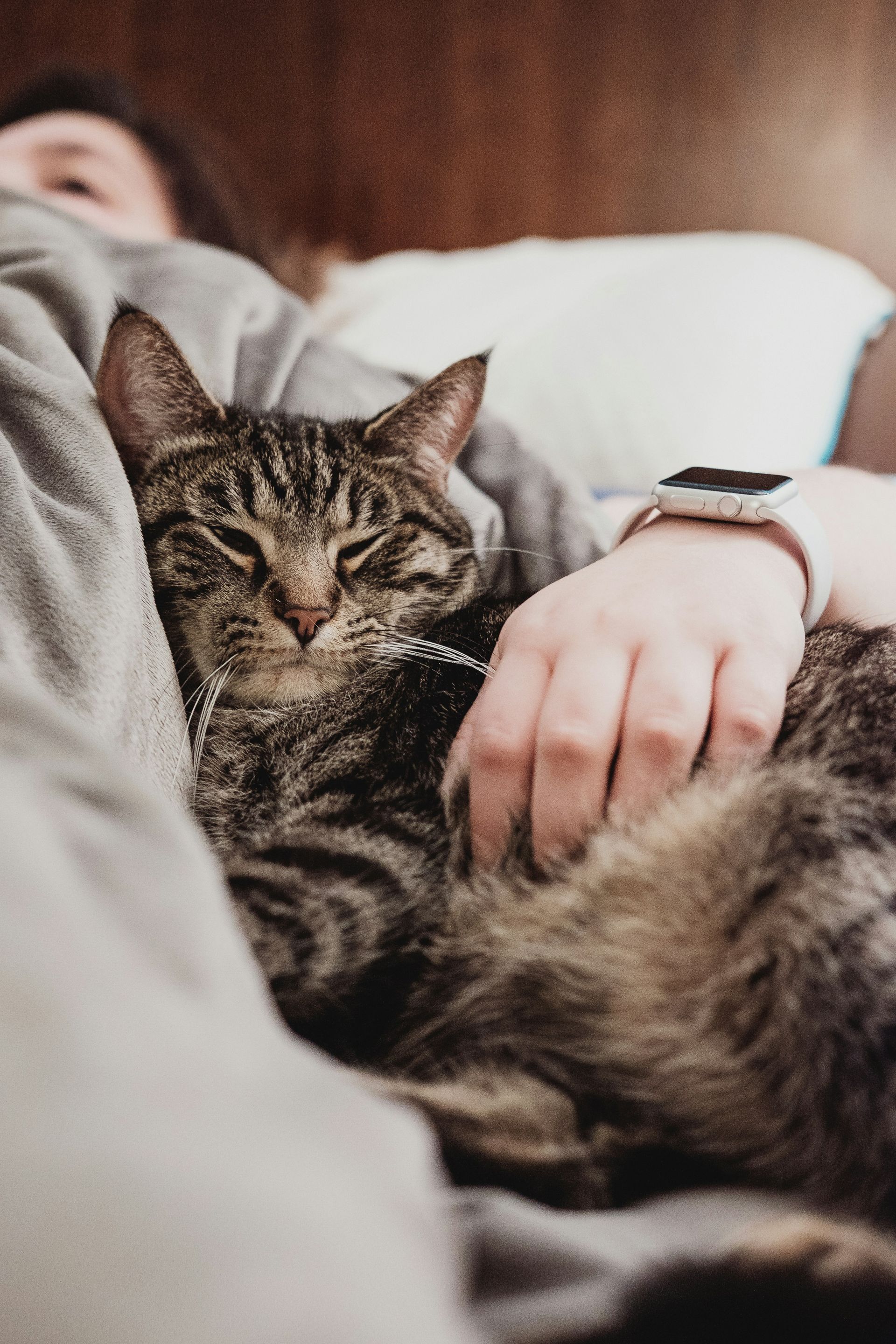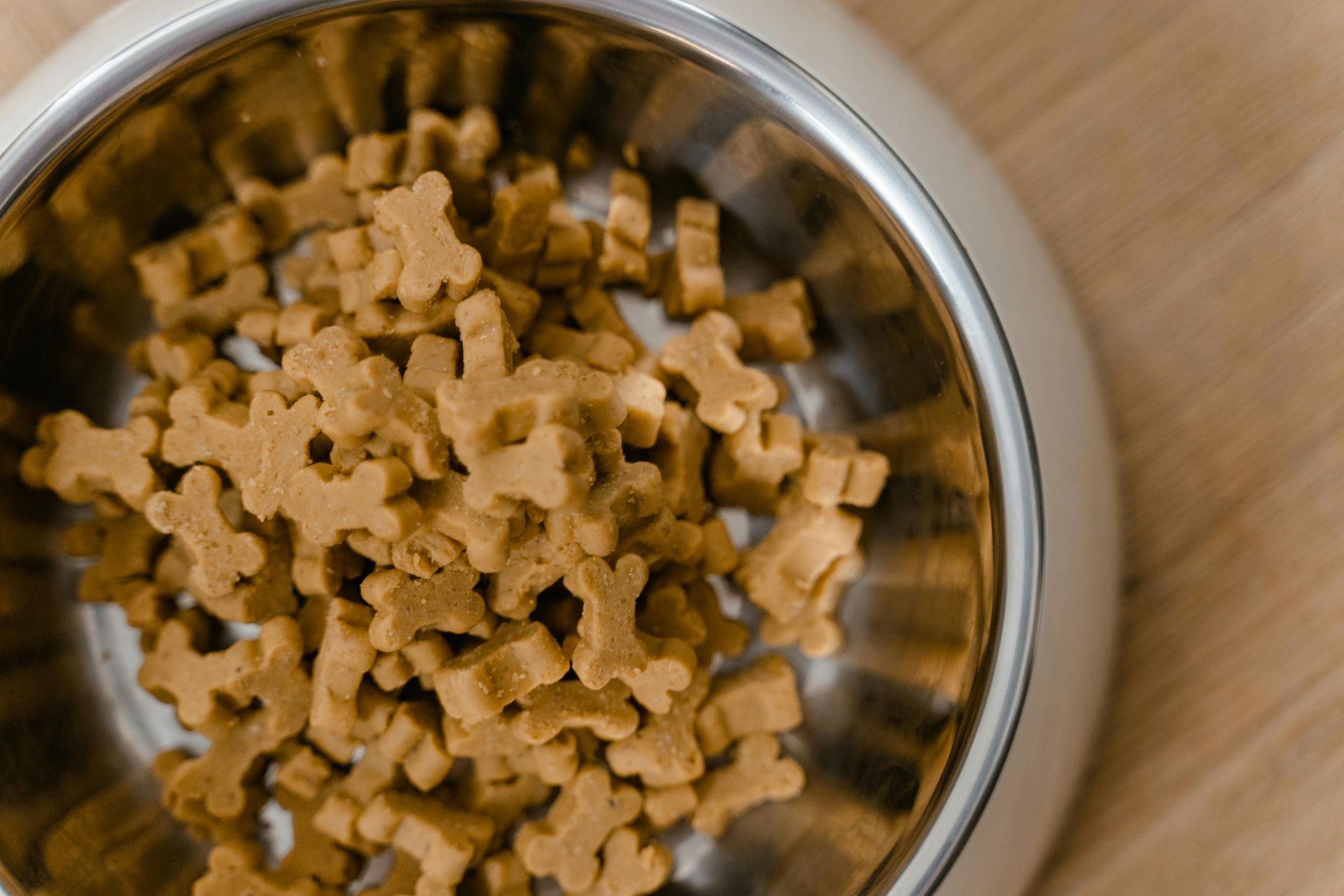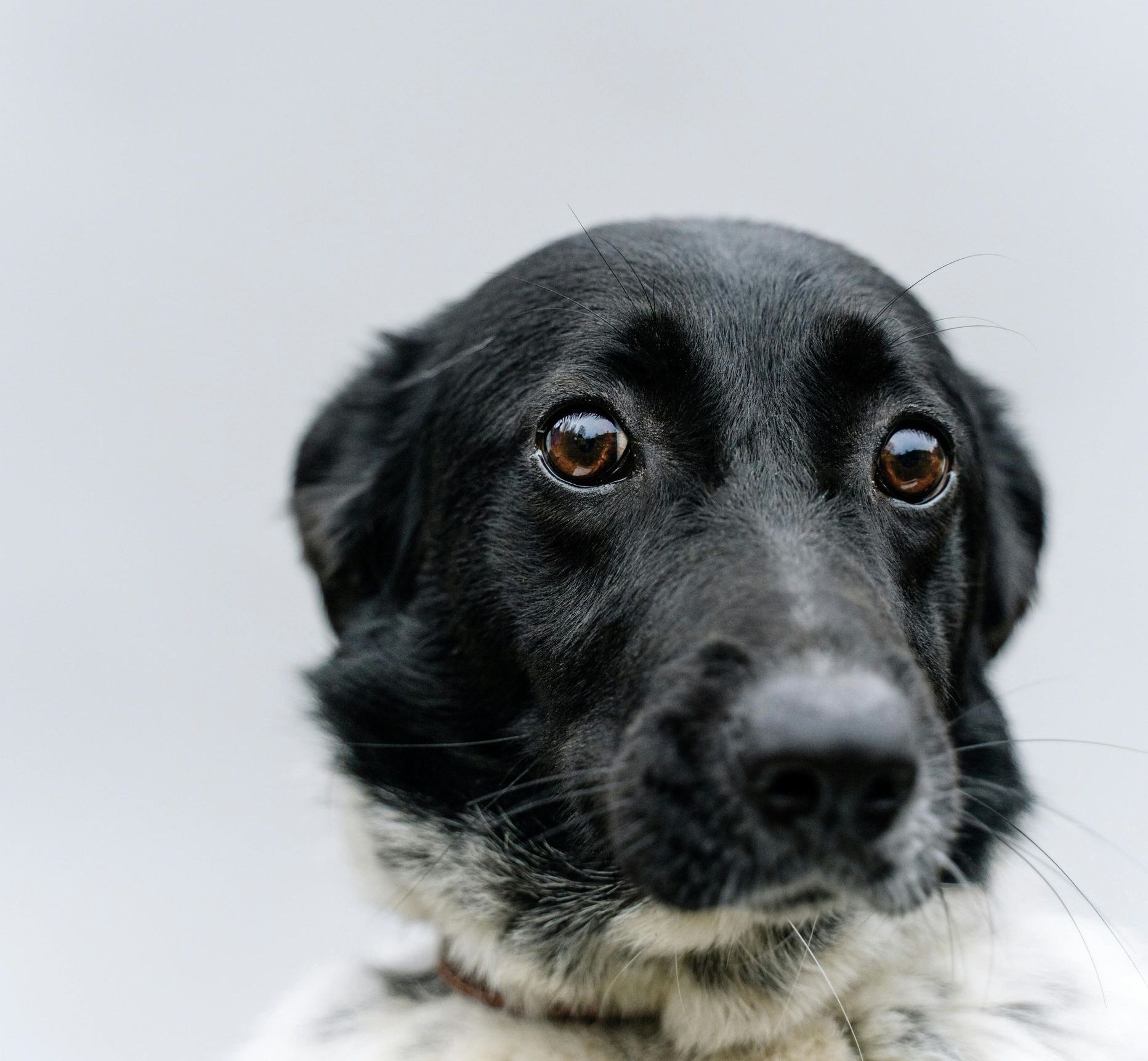Introducing New Food to Your Dog or Cat Safely
Changing your pet’s diet can be a delicate process, but with the right approach, you can introduce new food safely and effectively. Whether you have a dog or a cat, follow these steps to ensure a smooth transition and maintain your pet’s health and happiness.
1. Gradual Transition: The key to introducing new food is to do it gradually. Sudden changes in diet can upset your pet’s digestive system. Start by mixing a small amount of the new food with their current food. Gradually increase the proportion of the new food over 7-10 days until the old food is completely replaced.
2. Monitor Your Pet’s Reaction: Pay close attention to your pet’s reaction during the transition period. Look for any signs of digestive upset, such as vomiting, diarrhea, or changes in stool consistency. Also, monitor their appetite and behavior to ensure they are adjusting well to the new food.
3. Maintain Consistency: Try to keep other aspects of your pet’s routine consistent while introducing new food. Maintain regular feeding times and avoid introducing other changes, such as new treats or dietary supplements, to prevent confusion and stress.
4. Provide Fresh Water: Ensure your pet has access to fresh water at all times, especially during a dietary change. Proper hydration is crucial for digestion and overall health, particularly when introducing new foods.
5. Consult Your Veterinarian: Before making any significant changes to your pet’s diet, it’s wise to consult your veterinarian. They can provide guidance based on your pet’s specific health needs and recommend the best type of food for their age, breed, and health condition.
6. Choose High-Quality Food: Select high-quality pet food that meets all of your pet’s nutritional needs. Look for food that contains real meat, vegetables, and grains without unnecessary fillers or artificial additives. Quality ingredients can make the transition easier and ensure your pet receives the nutrients they need.
7. Patience is Key: Be patient during the transition process. Some pets may take longer to adjust to new food, and that’s okay. Avoid rushing the process, as it can lead to digestive issues or food aversion.
8. Make it Appealing: If your pet is hesitant about the new food, try to make it more appealing. You can warm the food slightly to enhance its aroma or mix in a small amount of a tasty, healthy topper like plain boiled chicken or a bit of wet food to entice your pet.
By following these steps, you can introduce new food to your dog or cat safely and with confidence. A gradual transition, close monitoring, and consulting with your vet can help ensure your pet remains healthy and happy throughout the process.
Sources:
How to Introduce New Pet Food Safely and Gradually (petcoda.com)
All About Introducing Your Cat To New Food | CatBuzz
